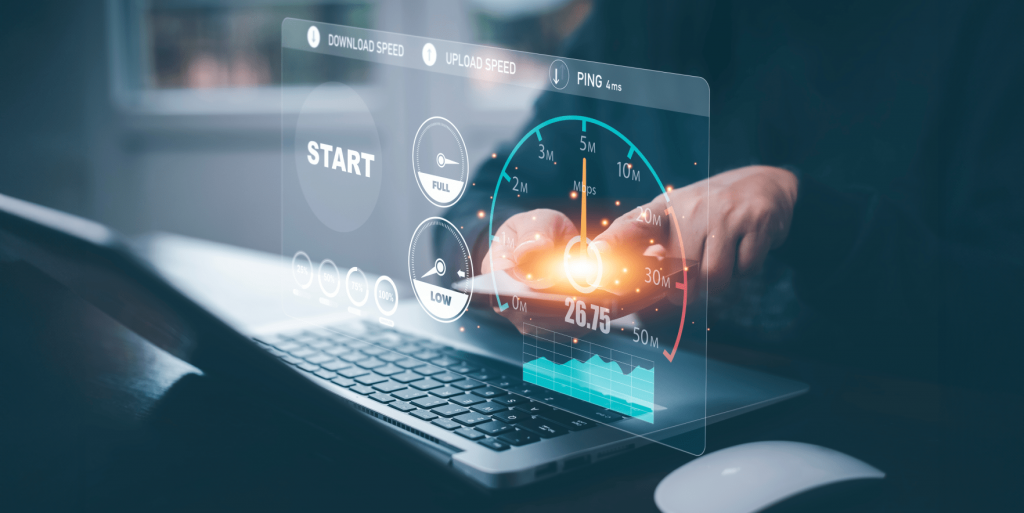Long Term Durability and Reliability Testing for Industrial Devices
Long-term durability and reliability testing are critical components in the development and quality assurance of industrial devices. These tests ensure that products can withstand harsh environmental conditions, mechanical stress, and operational demands over extended periods, thus enhancing their lifecycle and performance.
The process involves subjecting prototypes to simulated real-world conditions that mimic actual usage environments. This includes temperature cycling, vibration testing, humidity exposure, salt spray simulation for corrosion resistance, and more, depending on the specific requirements of the industrial device in question. The goal is to identify potential weaknesses or failures before they occur in operational settings.
Incorporating these tests into the product development cycle allows manufacturers to make informed decisions regarding material selection, design improvements, and process optimization. By addressing issues early in the lifecycle, companies can reduce warranty costs, improve customer satisfaction, and build a stronger reputation for quality and reliability.
The testing regime is designed to be comprehensive yet flexible enough to accommodate various industrial device types, from sensors and actuators to complex machinery systems. Our state-of-the-art facilities are equipped with advanced instrumentation capable of replicating extreme conditions that devices might encounter in their operational environments.
- Temperature ranges: From -40°C to +150°C
- Vibration levels: Up to 20g
- Humidity levels: Relative humidity up to 98% RH
- Salt spray exposure: Continuous or cyclic salt fog testing
The data collected from these tests provides actionable insights into the performance and durability of industrial devices, enabling continuous improvement in design and manufacturing processes. This not only enhances product quality but also contributes significantly to regulatory compliance.
Why It Matters
The importance of long-term durability and reliability testing cannot be overstated, especially within the context of industrial devices where consistent performance is crucial for safety, efficiency, and economic viability. These tests play a pivotal role in ensuring that devices meet stringent quality standards set by regulatory bodies such as ISO, ASTM, EN, and IEC.
For instance, in the case of sensors used in critical applications like industrial automation or medical equipment, any failure could lead to severe consequences ranging from operational downtime to potential health risks. By conducting thorough durability tests, we help prevent such issues by identifying vulnerabilities early on in the development process.
Furthermore, reliability testing ensures that devices can operate consistently under varying conditions over extended periods without degradation. This is particularly important for long-lived assets like pumps, turbines, or conveyor systems where regular maintenance and replacement are costly undertakings.
- Avoids costly downtime
- Ensures compliance with international standards
- Promotes safety in critical applications
- Enhances overall product quality
Scope and Methodology
The scope of our long-term durability and reliability testing extends to a wide array of industrial devices, encompassing everything from small electronics components to large-scale machinery systems. We employ an array of specialized equipment tailored to simulate the most challenging operational environments while adhering strictly to relevant international standards.
Our methodology typically begins with a thorough understanding of the device's intended application and operating conditions. This information helps in selecting appropriate test parameters, such as temperature cycles, humidity levels, vibration intensity, etc., which closely resemble expected field use scenarios.
The testing process involves subjecting the device to these simulated environments for extended periods, monitoring performance metrics continuously throughout the duration. Data collected during this phase is meticulously analyzed to evaluate the device's ability to maintain operational integrity under adverse conditions.
Once completed successfully, successful tests validate that the industrial devices meet specified quality criteria and can be reliably used in their intended applications. Failure points are noted down for further investigation or corrective action within the product development cycle.





